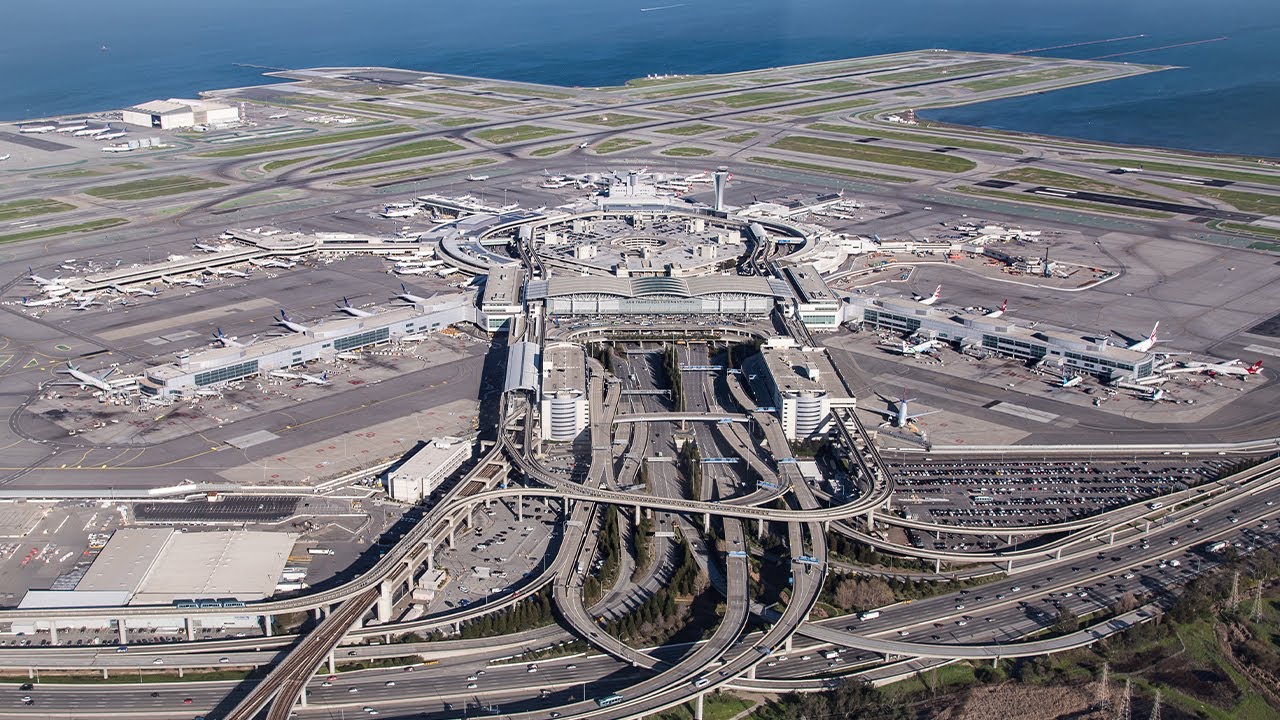Introduction to Rhode Island airport
Rhode Island may be the smallest state in the United States, but it still boasts its own airport. Located in Warwick, T.F. Green Airport serves as the primary airport for the state. Despite its size, the airport plays a crucial role in connecting Rhode Island to the rest of the country and the world. In this article, we will explore the importance of airport size in Rhode Island and examine the infrastructure and capacity of T.F. Green Airport.
Importance of airport size in Rhode Island
The size of an airport is a significant factor in determining its capacity and ability to handle a large number of passengers and cargo. A larger airport can accommodate more flights, offer a wider range of destinations, and attract more airlines. This ultimately contributes to the economic growth and development of the region. In the case of Rhode Island, having a sufficiently sized airport is crucial in connecting the state to major hubs and facilitating business and tourism.
Overview of airport infrastructure in the state
T.F. Green Airport, officially known as Theodore Francis Green Memorial State Airport, is the primary airport in Rhode Island. It covers an area of approximately 1,111 acres and is operated by the Rhode Island Airport Corporation (RIAC). The airport features a main terminal building, two runways, and several concourses. It offers a range of services and amenities to passengers, including dining options, shops, and rental car facilities.
Is the airport in Rhode Island large?
While T.F. Green Airport may not be as large as some major international airports, it is still of a decent size for a state like Rhode Island. The airport can handle around 5 million passengers annually and offers flights to numerous domestic and international destinations. Its size allows for efficient operations and manageable passenger traffic, providing a positive experience for travelers.
Factors determining airport size
The size of an airport is determined by various factors, including the population, demand for air travel, geographical location, and economic activity in the region. In the case of Rhode Island, being a small state with a population of around 1 million, the size of the airport is proportionate to the demand and capacity required to serve the state and its surrounding areas.
Comparing Rhode Island airport with other states
When comparing T.F. Green Airport with airports in other states, it is important to consider the context of Rhode Island’s size and population. While larger states may have airports that are significantly larger, T.F. Green Airport holds its own as an important transportation hub for the region. It offers a convenient alternative to larger airports for travelers in and around Rhode Island.
Impact of airport size on local economy
The size of an airport has a direct impact on the local economy. A larger airport attracts more airlines, which leads to increased competition and lower airfares. This makes air travel more accessible to residents and businesses in the region. Additionally, airports generate revenue through various means, such as parking fees, concessions, and rental income. The economic activity generated by the airport, including tourism and business travel, contributes to the growth and prosperity of the local economy.
Passenger capacity of Rhode Island airport
T.F. Green Airport has a passenger capacity of approximately 5 million travelers per year. While this may not be comparable to larger airports in major cities, it is sufficient to serve the needs of Rhode Island’s population and the surrounding areas. The airport offers a range of flight options, including both domestic and international destinations, providing convenient travel opportunities for passengers.
Cargo capacity of Rhode Island airport
In addition to passenger capacity, the cargo capacity of an airport is also an important factor to consider. While T.F. Green Airport primarily focuses on passenger travel, it still has the capability to handle cargo shipments. The airport has cargo facilities and services, allowing for the transportation of goods and products, albeit on a smaller scale compared to dedicated cargo airports.
Runways and terminal facilities in Rhode Island airport
T.F. Green Airport has two runways, which are essential for facilitating the takeoff and landing of aircraft. The runways are designed to accommodate various types of aircraft, including commercial jets and smaller regional planes. The airport also features a well-equipped main terminal building with modern facilities, including check-in counters, security checkpoints, and boarding gates. These amenities ensure a smooth and efficient experience for passengers.
Growth potential of Rhode Island airport
While T.F. Green Airport may not be the largest airport in the country, it still has significant growth potential. The airport has been making strides to attract more airlines and expand its destinations. The recently constructed InterLink Transportation Center, which provides direct access to rail and bus services, further enhances the connectivity and accessibility of the airport. These developments position T.F. Green Airport for future growth and increased passenger capacity.
Future plans for expanding Rhode Island airport
Recognizing the importance of a well-connected airport for economic development, the Rhode Island Airport Corporation has plans for expanding T.F. Green Airport. These plans include the construction of a new terminal to accommodate increased passenger traffic and the expansion of parking facilities. Additionally, efforts are being made to attract more airlines and establish new routes to further enhance the airport’s connectivity and potential for growth.
In conclusion, while the airport in Rhode Island may not be as large as those in major cities or states, T.F. Green Airport still serves a vital role in connecting the state to the rest of the world. Its size is proportionate to the demand and requirements of Rhode Island’s population, and it offers a range of services and amenities to ensure a pleasant travel experience. With its growth potential and future expansion plans, T.F. Green Airport is poised to continue playing a crucial role in the state’s economy and connectivity.





